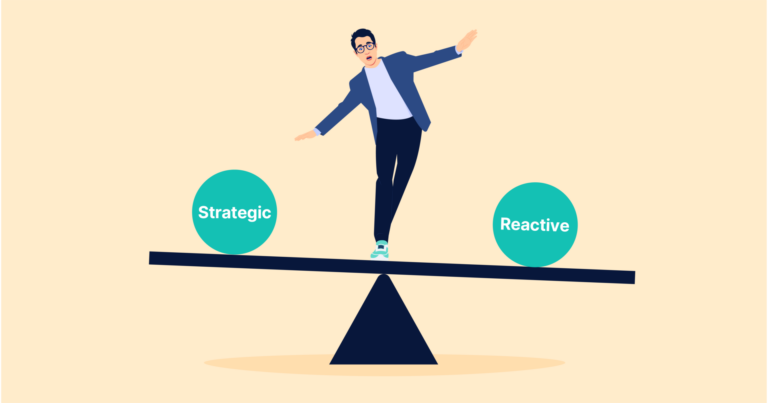

Colin Levy is a technology enthusiast and a practicing lawyer of 11 years. He has worked primarily in-house at companies of varying sizes and in industries ranging from manufacturing to technology. Throughout his career, Levy has observed that lawyers are often not tech-savvy, unlike their clients, which he thinks is partly due to a lack of education around technology and a lack of interest in technology. As a result, it has become Levy’s mission to inform, inspire and educate legal practitioners about the benefits of technology and how to overcome their fear of it.
Levy has mused over what it means to be a great client-centric lawyer, a service provider and a tech user, and he believes that to be all of these things requires a commitment to collaboration.
“I am biased towards being a collaborator, partly because I think it is the function of an effective in-house lawyer to work cross-functionally and not work in a silo.”
Collaboration between different functions is a key benefit of tech integration. Levy believes technology can empower lawyers and other functions to provide and share knowledge regarding the status of matters and contracts “but also allowing other functions to collaborate on matters, for example in the contracts arena, technology can allow for speedier review of contracts and/or getting a handle on the status of contractual matters”.
Knowledge sharing is a great example of tech-facilitated collaboration. By harnessing data and subsequent metrics, legal functions can gain clarity over whether they are receiving routine requests, in what area of law (contracts, NDAs), and from which business units. This data allows for the creation of dashboards with frequently asked questions documents, standard templates and, in some cases, a simple NDA, giving business users autonomy and the ability to self-serve. Levy recommends these be dynamic and constantly updated so “people aren’t asking the same questions all the time of the lawyer”.
Legal department chatbots are another clever use of technology. They provide business users with a self-serve option to access information quickly or to automate repeatable tasks like creating a standard NDA that would otherwise fall to an already busy lawyer.
Knowledge sharing and chatbots directly translate into a realized benefit for the legal team as they are given back time. Lawyers must often reinvent the wheel – answering the same questions, writing the same documents – when harnessing tech can take care of these tasks. In-house lawyers are increasingly being asked to do more with less. Tech can alleviate time-consuming tasks, adding value and direct ROI to a legal team.
Levy believes legal technology’s ability to facilitate collaboration and automate high-frequency, routine, low-value legal tasks can alter the business’s perspective on the in-house legal team. “I think a big benefit of tech is allowing lawyers to bring more value to their roles and to the businesses that they serve,” he says.
The reality is that lawyers are like any other individual at a company – an expense – and a costly expense at that. This means that the legal team is often seen as a cost center. Levy says, “I think technology can help change that perspective, from being a cost center to being a value add and being a real business partner to the rest of the team.”
This value boils down to collaboration. Technology gives lawyers more time, allowing them to be more involved with the business as opposed to trawling through tasks that can be automated. It also allows business users to have a direct line into the legal team, self-serving and taking autonomy yet integrating legal into other departments in the process. The end goal is a legal team that works proactively, and by being on the front foot is aware of where the business is at and where it is going. Collaboration between the wider organization and legal is the key to achieving this.


